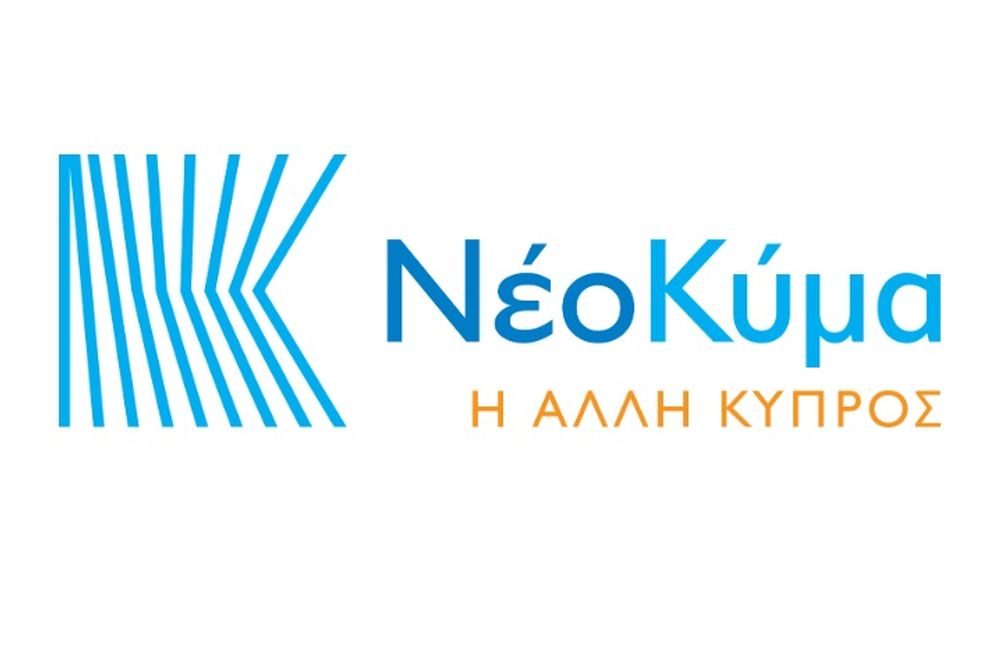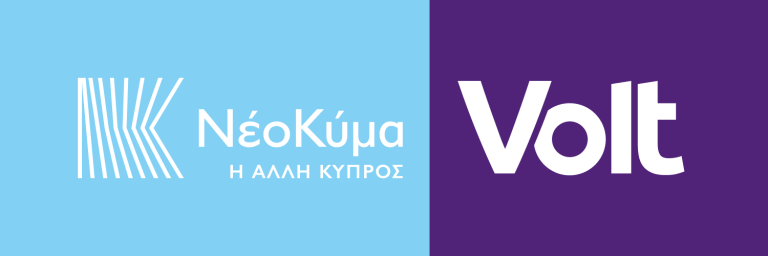
We live in a world of non-linear change, black swans and perfect storms, and still, it seems that we think in a linear mode. The confluence of uncertainty, ambiguity, complexity, volatility, asymmetry, hyper-connectivity, systemic risk, speed and a pandemic were underestimated. The Covid-19 crisis is pushing the boundaries of the public sector in responding to the socio-economic fallout, of civil society in building and maintaining solidarity and of the private sector in transitioning to new business models.
Uncertainty is different than risk. Risk is about futures to which probabilities can be reasonably assigned. Uncertainty is about futures for which a probability distribution cannot be determined. Uncertainty is inherent in the complex ecosystems companies operate in. It comes from the constant evolution of customer demand, from new technological possibilities and designs, from competitive surprises and from political, economic and social shifts.
Uncertainty is multi-dimensional. There are at least three types of uncertainty: probability, ambiguity, and complexity. Probability uncertainty refers to situations in which it is difficult to ascertain risk levels: Not only do you not know what will happen, you also don’t know how likely each outcome is. Ambiguity uncertainty refers to situations in which we are faced with imprecise, insufficient, or conflicting information. Complexity occurs when an issue is technically complex and difficult to understand.
Sources of uncertainty facing the innovation journey include:
1. Technology potential: Invariably, innovation opportunities are distilled from the emergence of new technologies. At the early stage, the underlying potential remains unclear. How far technology potential will remain amenable to growth often poses risks to investment.
2. Customer preferences: Technological innovation targets to offer solutions that customers have not experienced yet. Despite the value proposition, until and unless customers prefer the offered solutions, innovators dot not succeed in generating revenue.
3. Response to competition: The third source of uncertainty facing the innovation journey is the response of competitors. Once an innovation starts showing possibility of unlocking profitable business opportunities, competition starts showing up in the form of replication, imitation, innovation, and also substitution.
4. Policy and regulation: Uncertain regulation poses a risk to profit-making opportunities for innovative ideas.
5. Infrastructure readiness: In the absence of readiness of infrastructure, often high-value innovation faces a serious barrier to diffusion.
When the coronavirus pandemic erupted, companies had to change. They had to increase the speed of decision making, while improving productivity, using technology and data in new ways, and accelerating the scope and scale of innovation. The key is speed – getting things done fast, and well. An organization designed for speed will see powerful outcomes, including greater customer responsiveness, enhanced capabilities, and better performance, in terms of cost efficiency, revenues, and return on capital.
As companies adopt new ways of working at speed, executives are also interested in moving to flatter, nonhierarchical structures, taking more radical approaches to decision making and ways of working:
1. Step up execution excellence. Because conditions are so difficult, frontline employees need to take on more responsibility for execution, action, and collaboration.
2. Flatten the structure; A speedy organization has more people taking action and fewer people feeding the beast of bureaucracy. Rigid hierarchies must give way to leaner, flatter structures that allow the system to respond quickly to emerging challenges and opportunities.
3. Tactical decisions delegated to cross-functional teams. A strategic decision comes with a high degree of uncertainty, a large likelihood that things will change, difficulty in assessing costs and benefits, and a result of several simultaneous outcomes. A tactical decision comes with a clear objective, a low degree of uncertainty, and relatively clear costs and benefits. Tactical decisions are important – sometimes crucial. Yet they are often better left to those on the edges of an organization who can act effectively without raising issues to higher levels.
One way to ensure that the right people will be the ones making tactical decisions is to set up a network of cross-functional teams with clear mandates connected by a central team that ensures collaboration and transparency. Cross-functional teams are small, agile, self-managing and empowered to make decisions and innovate and deal with rapidly shifting priorities and challenges.
4. Cultivate extraordinary partnerships. Partners are increasingly important in dealing with the pace of change, complexity, and disruptions that are becoming the norm. The rate of technological and business-model innovation alone makes it nearly impossible for any single organization to do everything itself.
5. The next normal will see significantly more people working in a hybrid way – sometimes in person with colleagues on-site, sometimes working remotely. This model can unlock significant value, including more satisfied employees and lower real-estate costs. There are other benefits to a hybrid working model, including access to a broader range of talent, greater flexibility, and improved productivity.
6. Field tomorrow’s leaders today. One of the unexpected consequences of the pandemic is that CEOs have seen into a window that shows who their future leaders are. They have seen who can make decisions and execute rapidly; who is able to take on new challenges and lead in the face of uncertainty; and who has the grit to persevere.
7. Learn how to learn. Consider the US Navy’s newest, fast, highly maneuverable “littoral combat ship.” These vessels can complete myriad tasks, such as hunting submarines or sweeping mines while operating in the shallows. One might think they therefore have a large crew of highly trained specialists. Not so. In fact, these ships are run by just 40 “hybrid sailors,” who have proved capable of mastering a wide variety of skills – but their chief skill is the ability to adapt and learn quickly. They learn continuously, and are open to new experiences and flexible in their thinking. And that, Covid-19 has demonstrated, is what business needs, too. Just as the US Navy has done with its hybrid sailors, organizations need to strengthen the skills related to learning how to learn.
8. Cultivate strategic foresight – the capacity to sense, shape, and adapt to what happens; iterative exploration, assess different dynamic scenarios.
9. Rethink the role of CEOs and leaders. Covid-19 has brought a fundamental change in leadership in many organizations. The leaders that stand out have shifted from directing a command-and-control crisis response to building and unleashing winning teams. Several CEOs described their role in the last few months as energizing, empowering, and “unblocking” their leadership teams.
It’s time to reinvent the way organizations innovate. ©Meta–innovation, the new, dynamic model I developed can: a) help organizations innovate under conditions of extreme uncertainty and b) facilitate real-time or near real-time innovation.
©Meta–innovation can be defined as the optimal configuration of factors, features and distinctive capabilities from the four basic types of innovation: product, process, organizational and communication. This combinatorial strategy: a) increases the chances of achieving innovation results and b) has dual objectives – to discover and exploit positive asymmetries (opportunities) and to avoid negative asymmetries (dangers). The discovery and exploitation of positive asymmetries can create transformative, disruptive innovations and achieve exponential multiplicative results and benefits.
This cross-cutting tool can be applied in all domains and at all levels, scales and sizes: Public Services, Local Government Organizations, Business (startups and large corporations), Research & Innovation Centers, Banks, Fintech and Regtech, Cybersecurity, Quality Management, Standardization, Digital Transformation, Creative Industries, Cultural Heritage, Social Innovation and Social Entrepreneurship, Tourist Industry, Branding, Education, Health Products and Services, Circular Economy, Risk Management, European Programs (e.g. Horizon Europe, European Green Deal), Economic Diplomacy, Military Innovation etc.
Furthermore, the polyparametric model proposed can:
1. Enhance competitiveness and accelerate economic recovery from the coronavirus-induced recession.
2. Contribute to the design of the Greek Armed Forces Multi-Domain Operations Concept and to the formation of agile Cross-Functional Teams in order to counter a Turkish multi-front invasion in the Aegean. The East Mediterranean situation is a ticking time bomb; Turkey’s illegal expansionist plans and military preparedness await a perfect storm or the arrival of a black swan.
This pioneering method: a) helps organizations modify their exposure accordingly – maximize exposure to positive black swans (opportunities) and minimize exposure to negative black swans (dangers) and b) uses uncertainty –an abundant ‘natural resource’ in today’s asymmetrical environment– as raw material for innovation.
More than 180 years ago, Carl von Clausewitz noted that theories of war and strategy must evolve as social and political conditions change.
The new Innovation Model constitutes the blueprint for creating more and better innovations and enhancing resilience in today’s non-linear world. It is presented analytically –theory, applications, creativity workshop– in a 200-page Manual.
*Nicos G. Sykas
Strategy, Communications & Innovation Consultant


